It is with a heavy heart that I announce the permanent closure of Website Designs by Lisa.
I am deeply grateful for the support, trust, and collaboration from my clients and community over the years. Thank you for being part of my journey.

It is with a heavy heart that I announce the permanent closure of Website Designs by Lisa.
I am deeply grateful for the support, trust, and collaboration from my clients and community over the years. Thank you for being part of my journey.